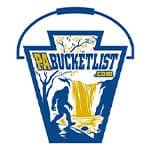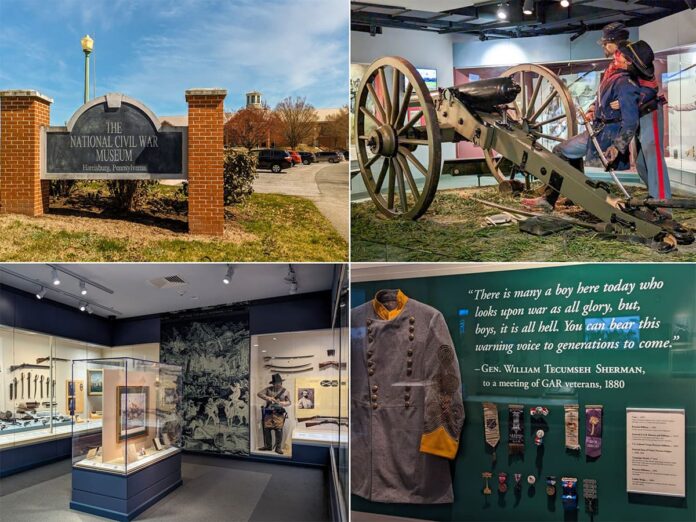
If you’re looking for information about visiting the National Civil War Museum in Harrisburg, you’re in the right place!
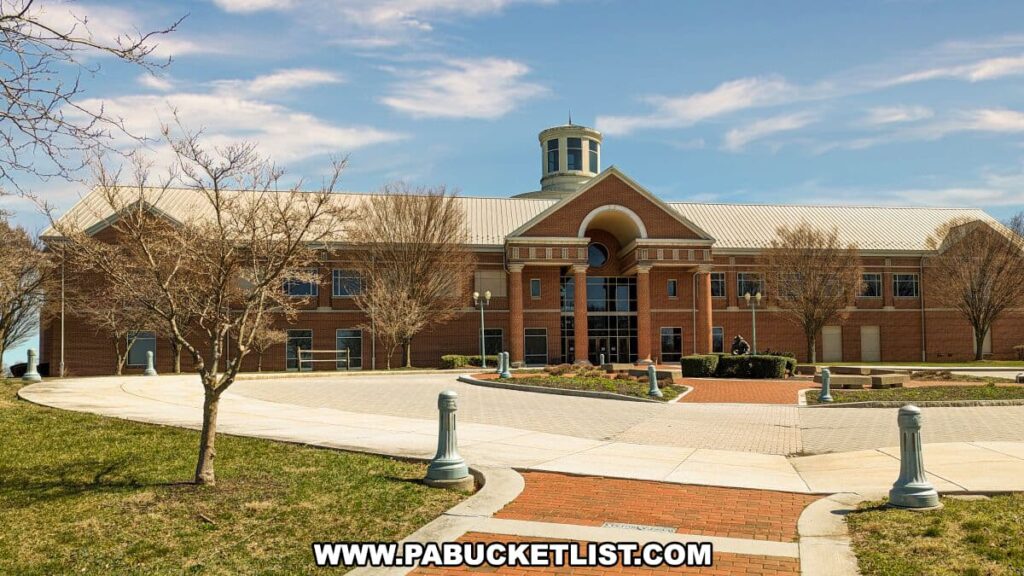
The National Civil War Museum explores the significant events, individuals, and narratives that defined the American Civil War.
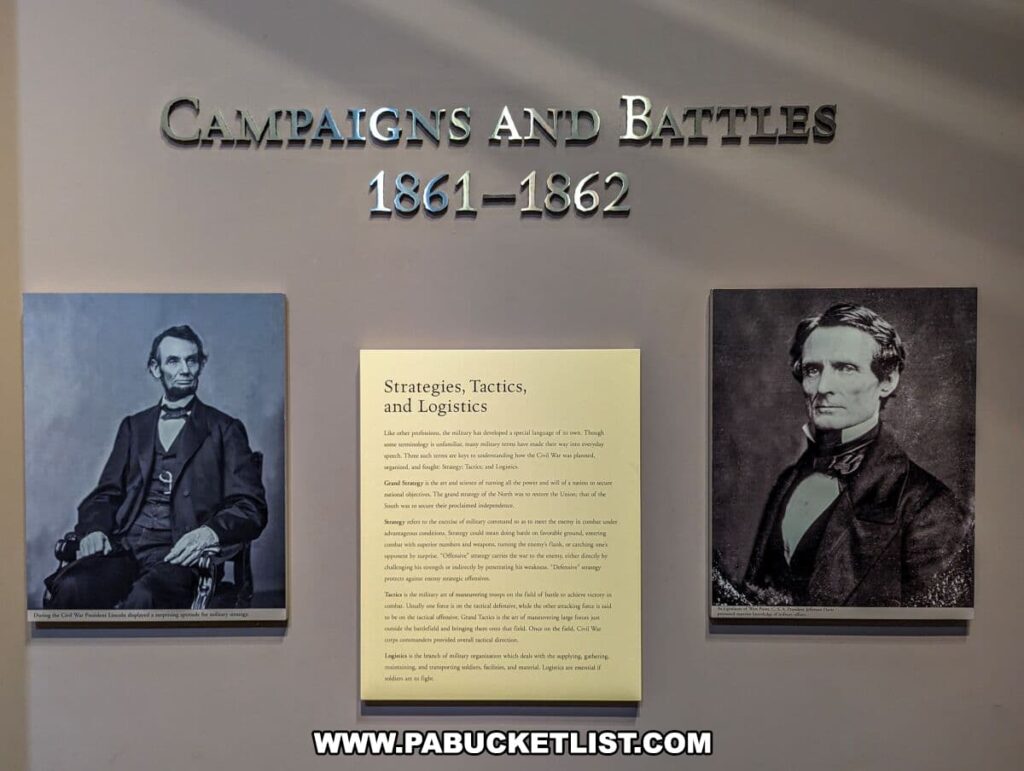
It does this by showcasing a carefully curated collection of relics, elaborate dioramas, and dynamic multimedia installations, spread out across two floors and 66,000 sq. ft. of display space.
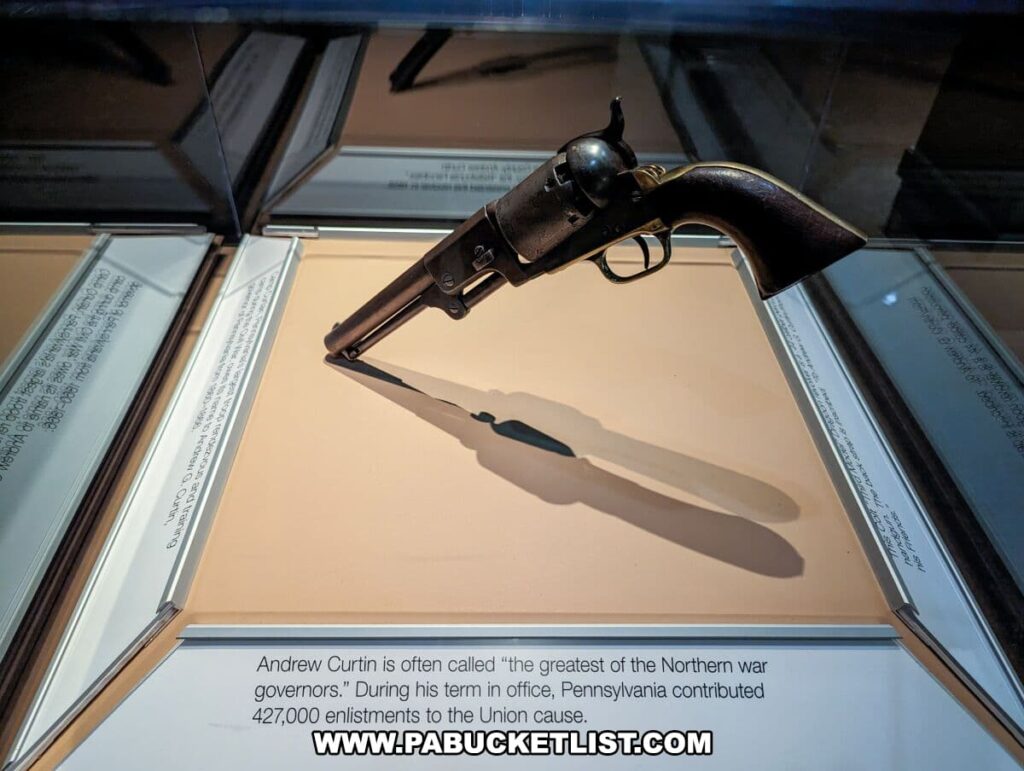
Situated in Reservoir Park, the highest point in Harrisburg, The National Civil War Museum offers stunning panoramic views of the city.
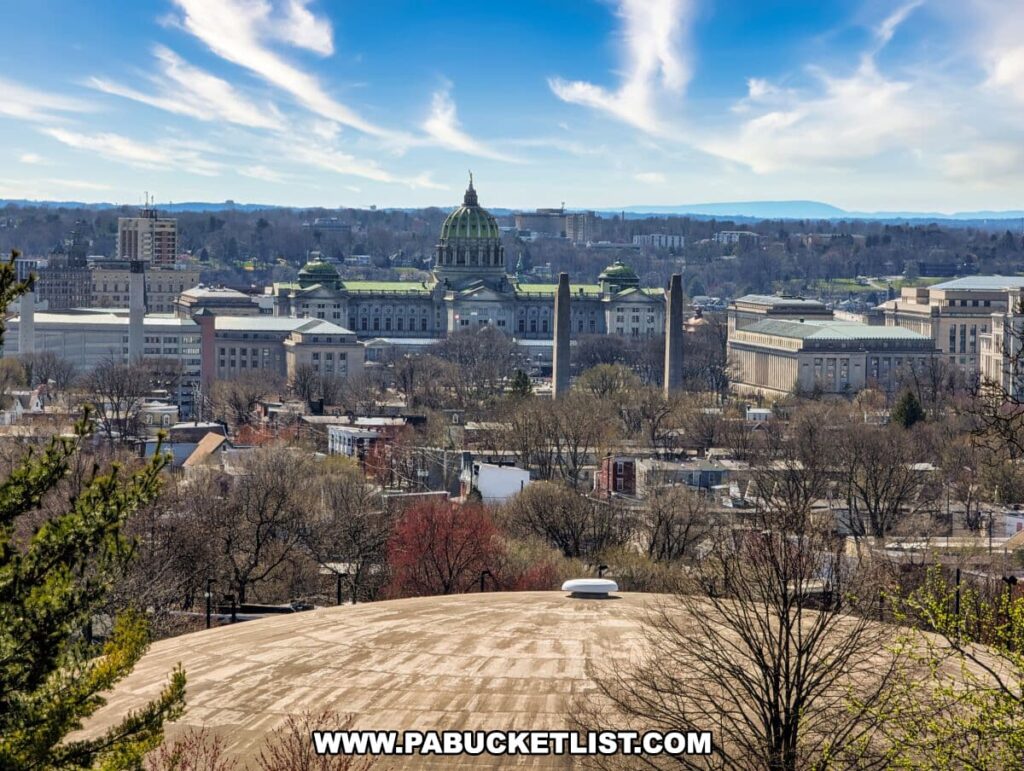
Directions | Hours | Fees
The National Civil War Museum is located at 1 Lincoln Cir, Harrisburg, PA 17103.
The museum is open Monday-Saturday: 10:00 a.m. – 5:00 p.m. and Sunday: 12:00 p.m. – 5:00 p.m. (closed major holidays).
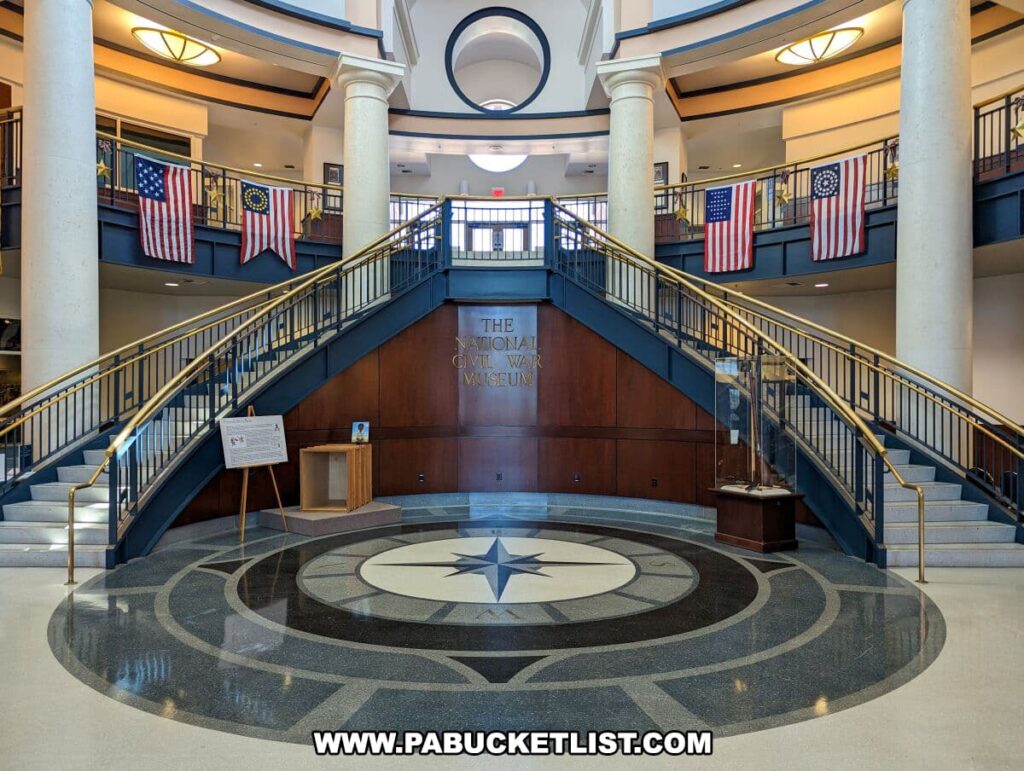
Admission fees are: Adults (18+) $16 | Seniors (60+) $15 | Students (6+) $14.
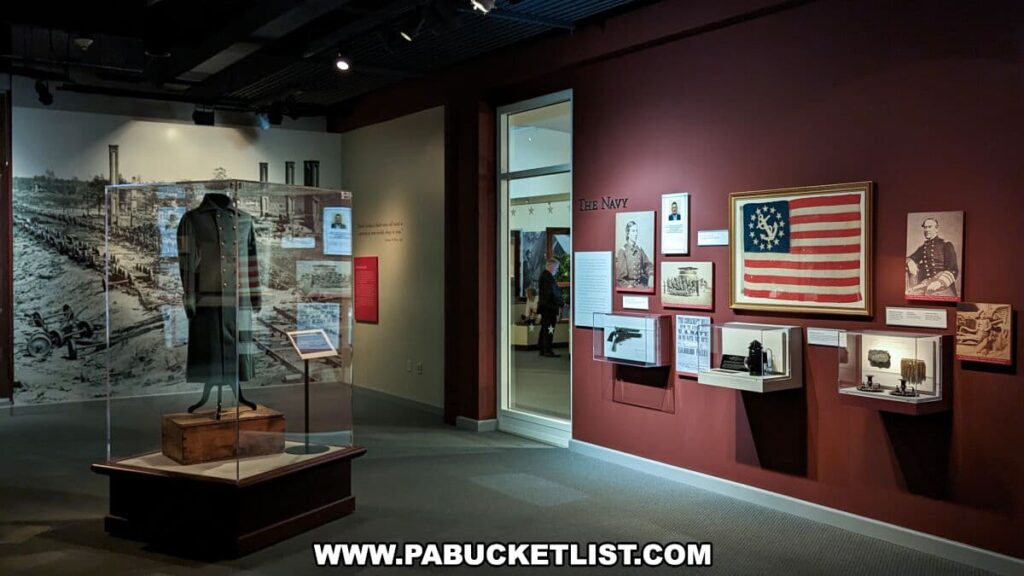
What You’ll See at the Museum
As you step into the National Civil War Museum, you are immediately transported back in time.
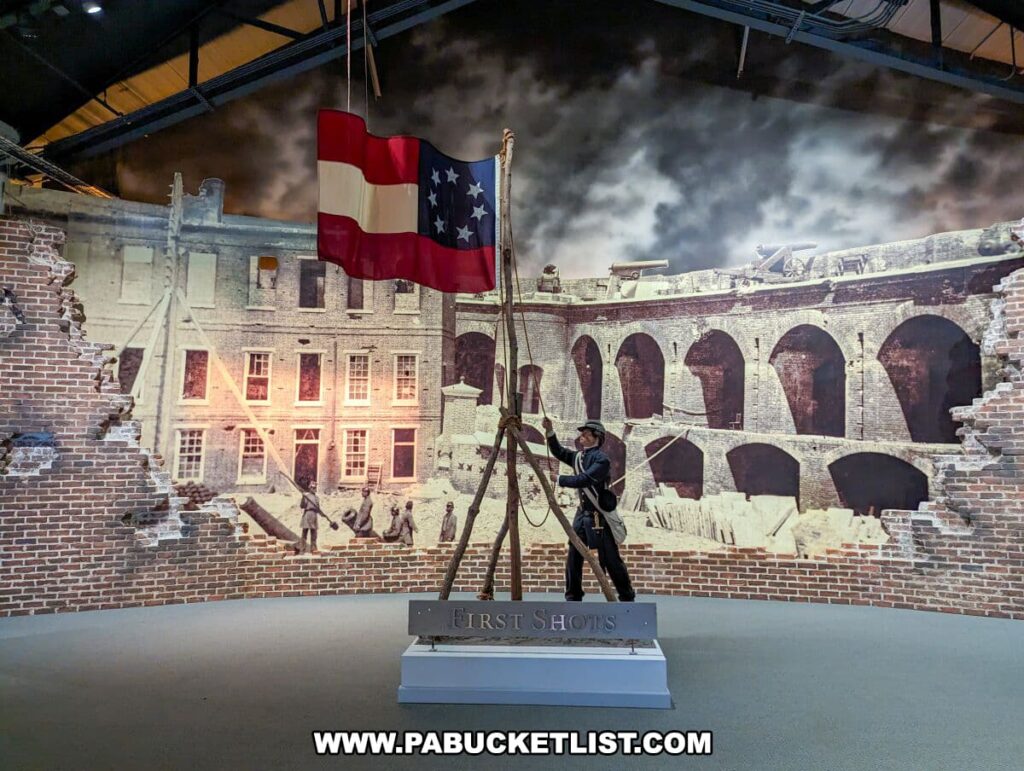
The museum’s extensive collection of artifacts, documents, and multimedia presentations brings the era to life in a way that textbooks simply cannot.
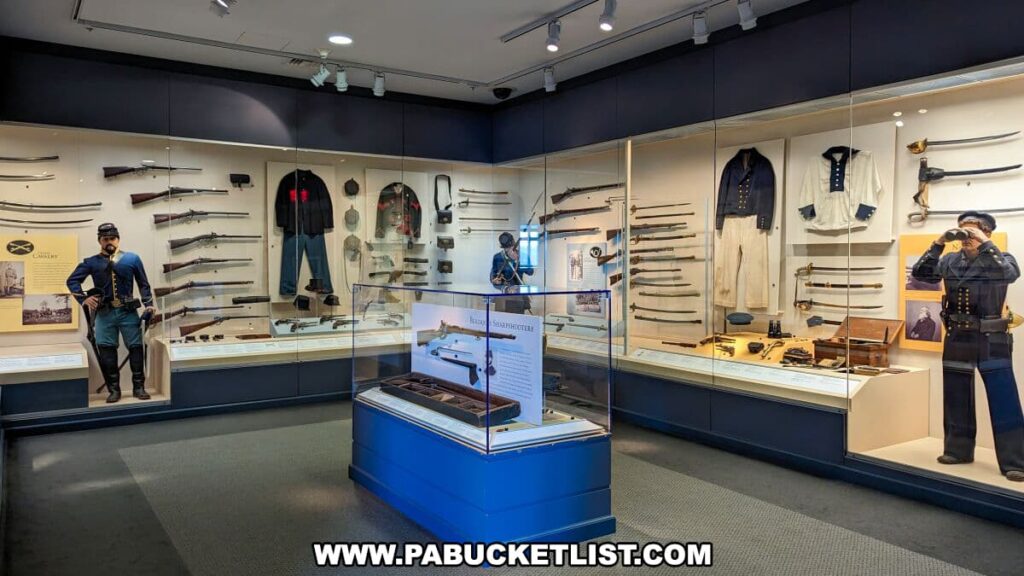
Each exhibit is thoughtfully designed to provide a comprehensive understanding of the Civil War, from its complex causes to its profound consequences.
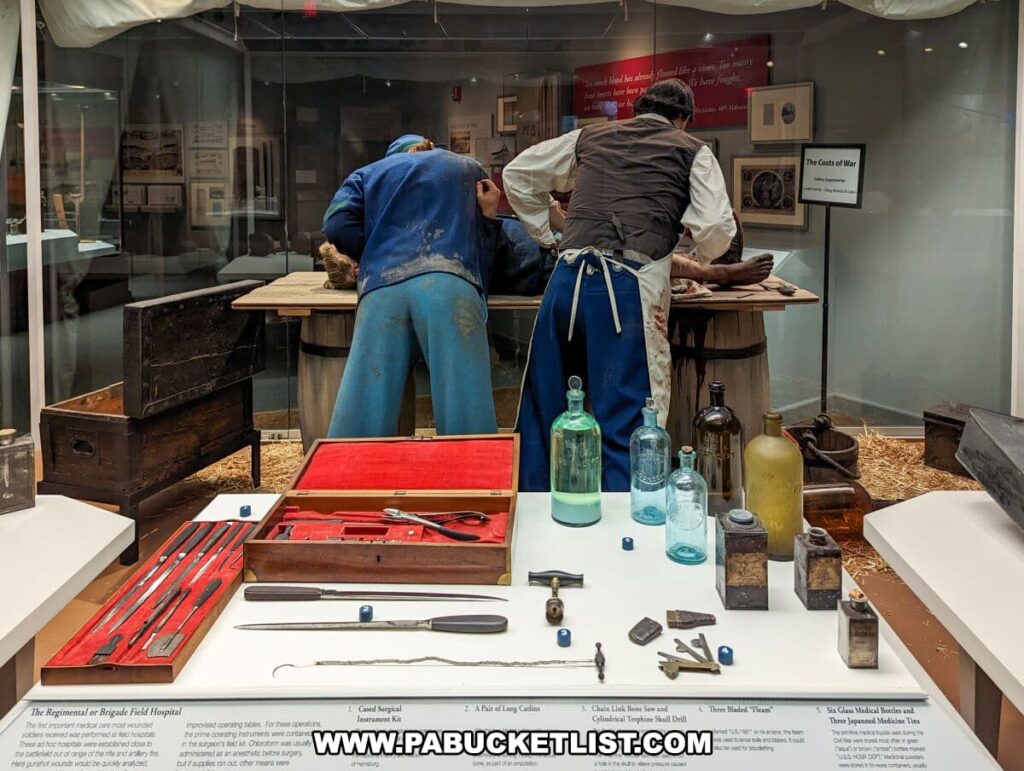
Visitors can see everything from the uniforms worn by soldiers to the weapons they carried into battle.
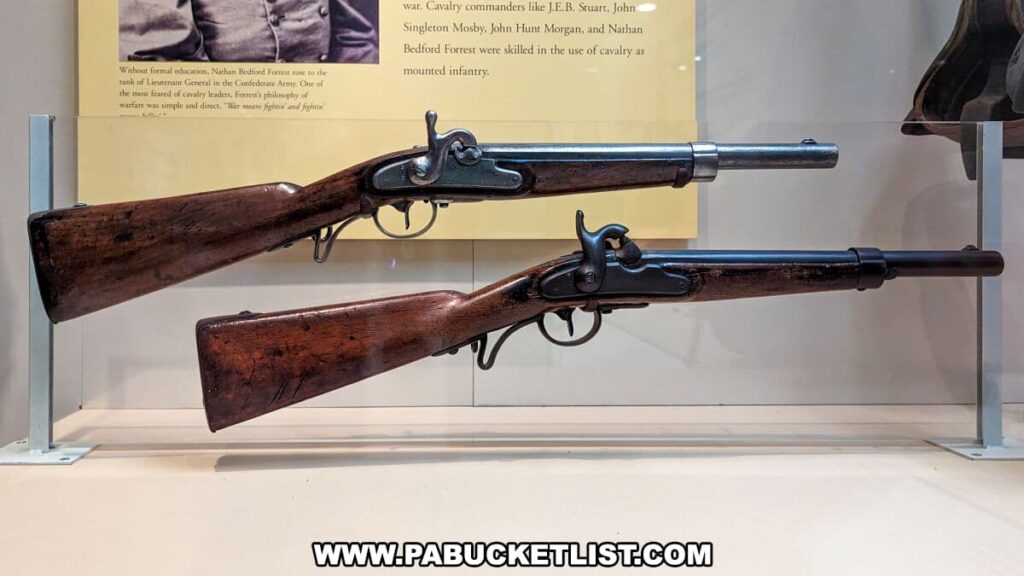
Artifacts and exhibits related to both the Union and Confederate sides of the fight are given equal treatment.
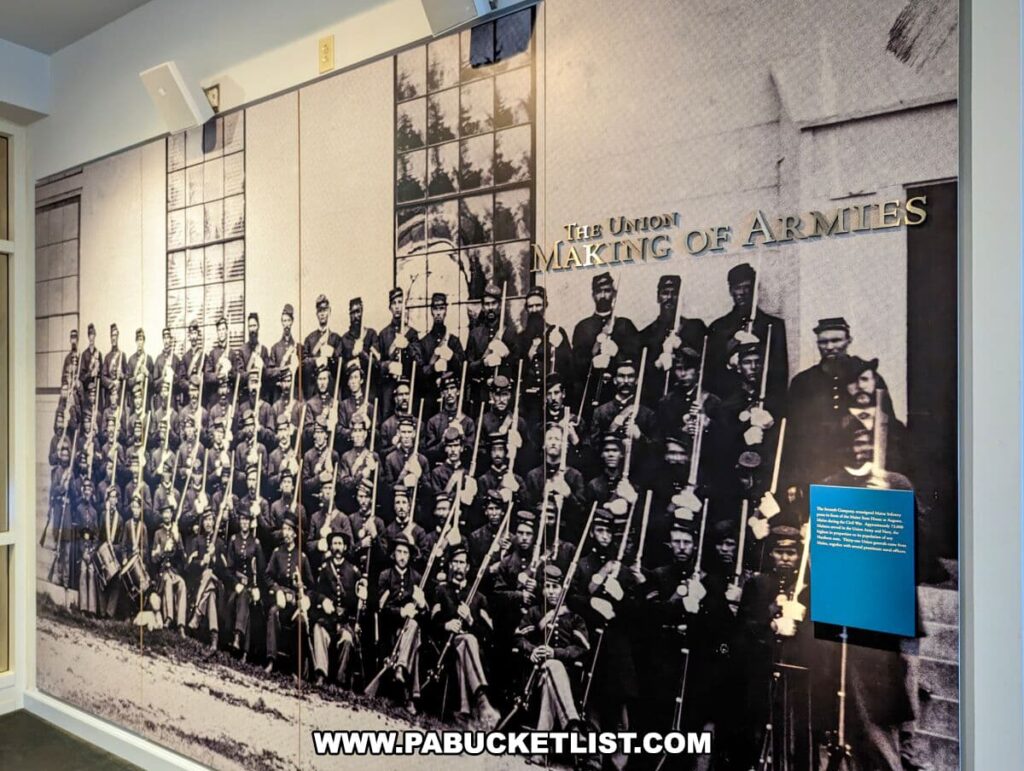
For every display about the Union, there is a Confederate counterpoint.
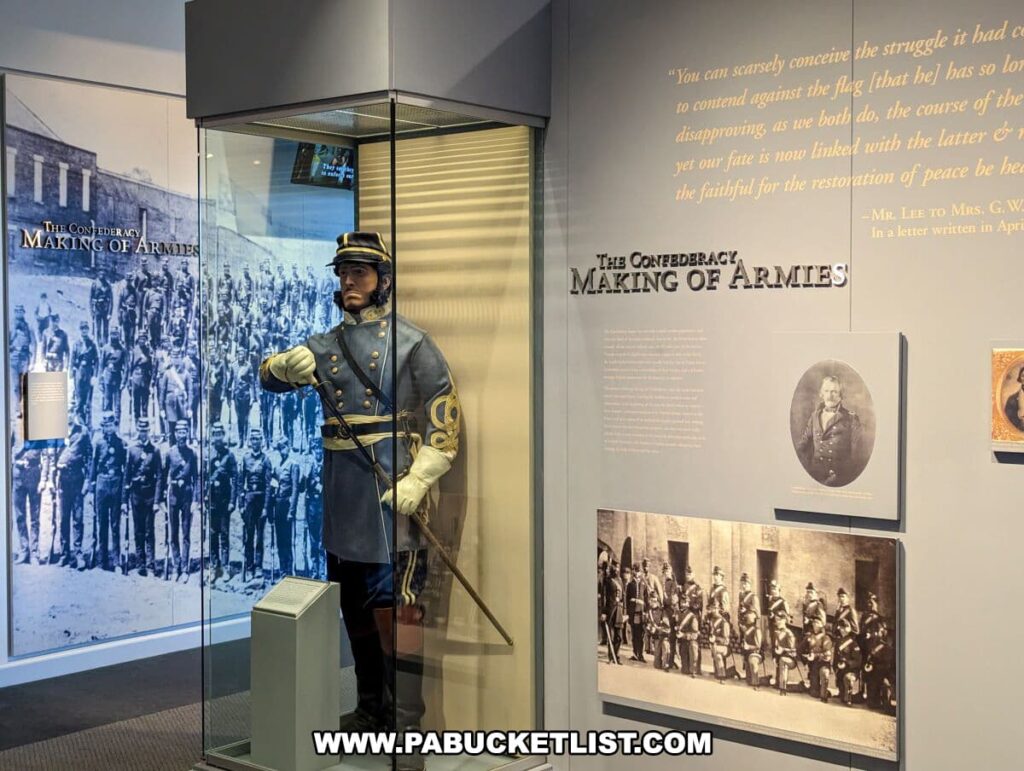
This “fair and balanced” theme continues throughout the self-guided, two-floor tour.
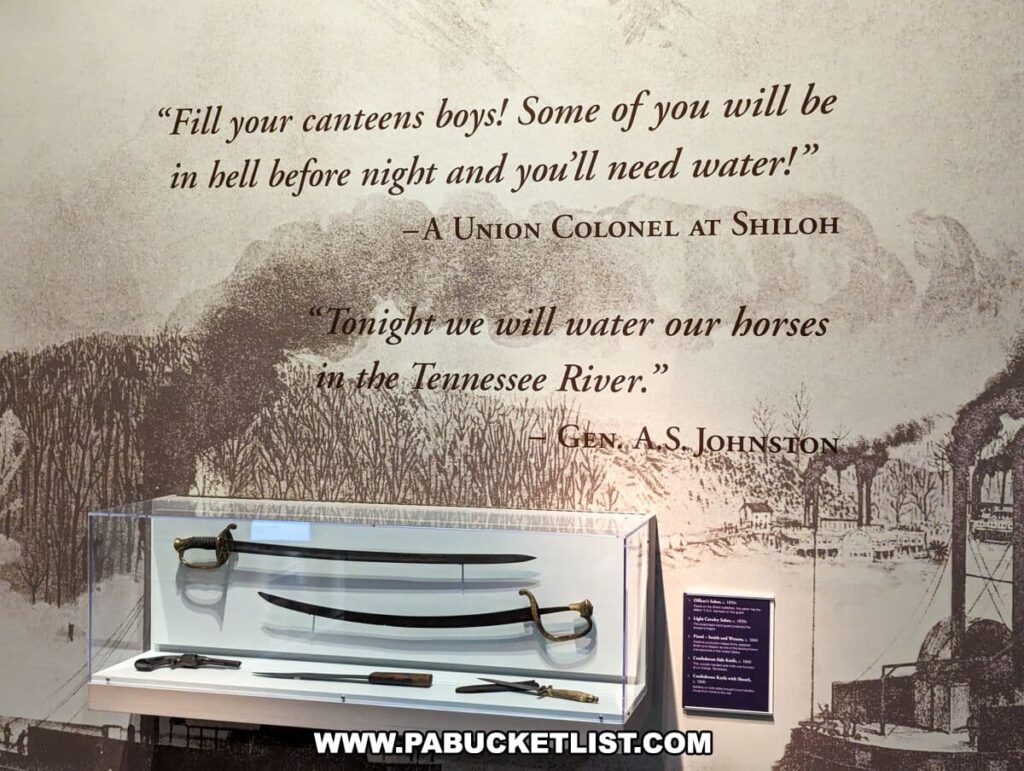
Interactive displays and multimedia presentations are another key feature of the museum.
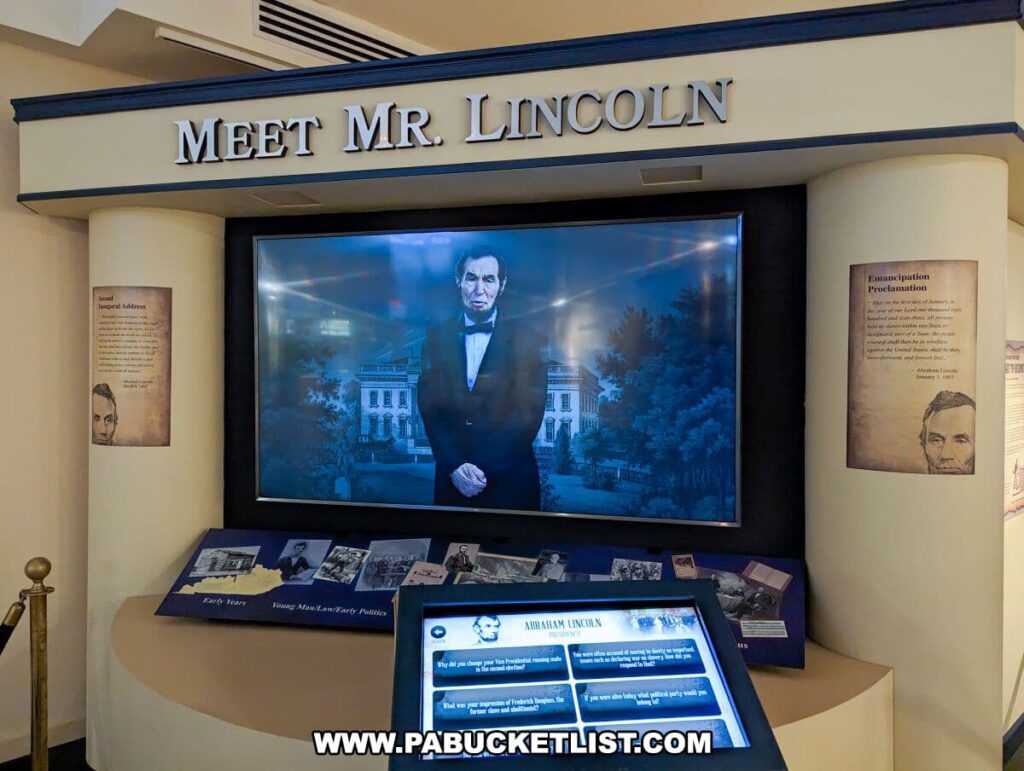
These exhibits engage visitors of all ages, making the experience both educational and entertaining.
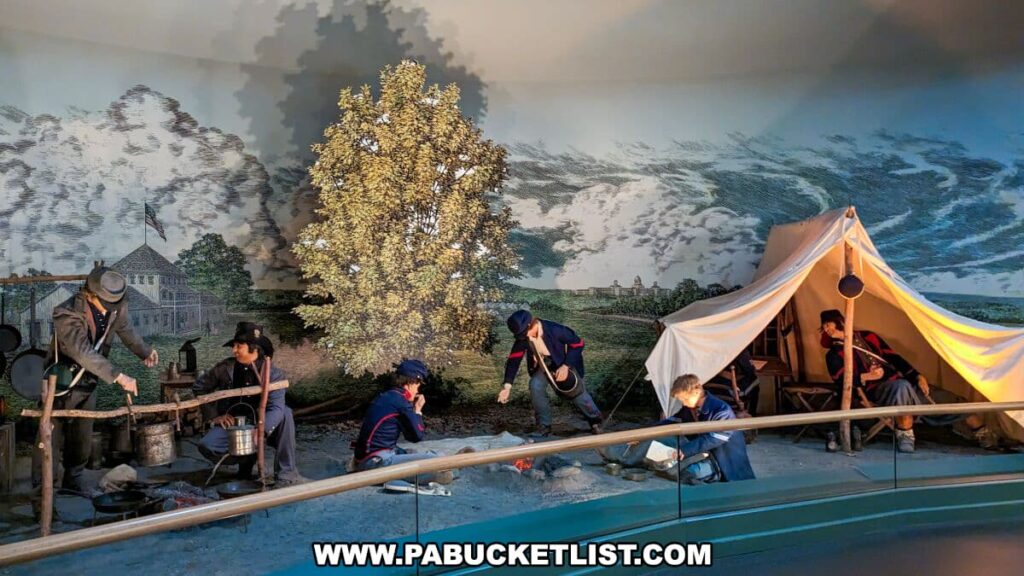
Technological advancements of the era are addressed as they pertained to the war.
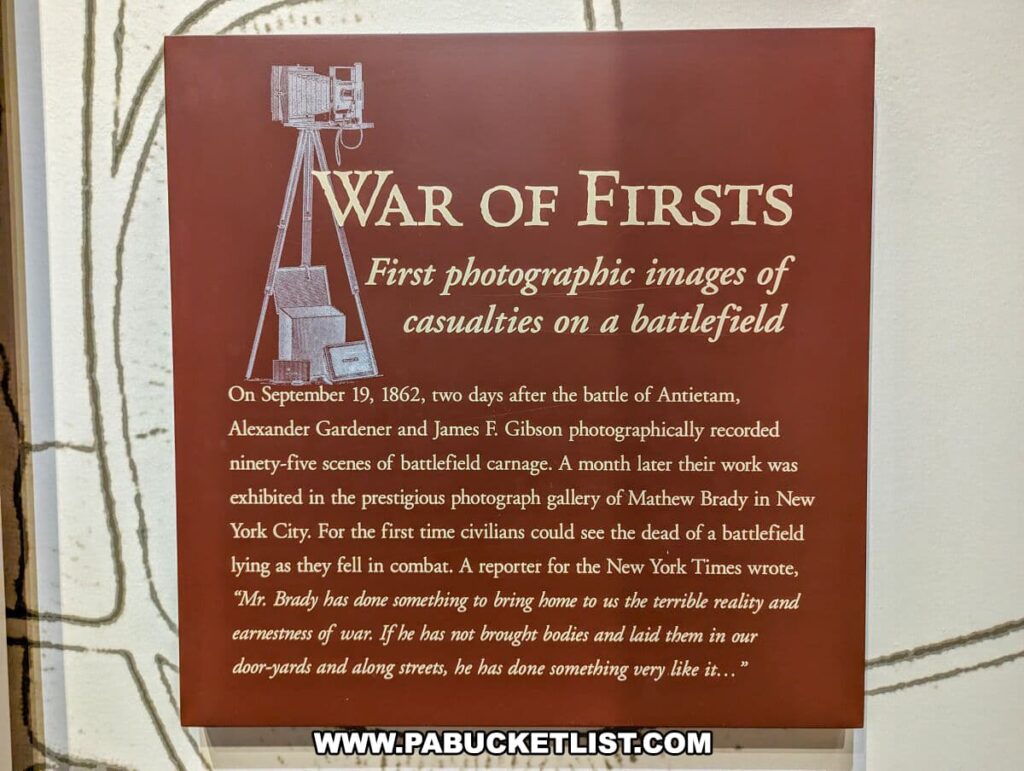
For example, the Civil War marked the first time civilians saw photographs of battlefield casualties, which had a profound effect on the public’s perception of the harsh realities of war.
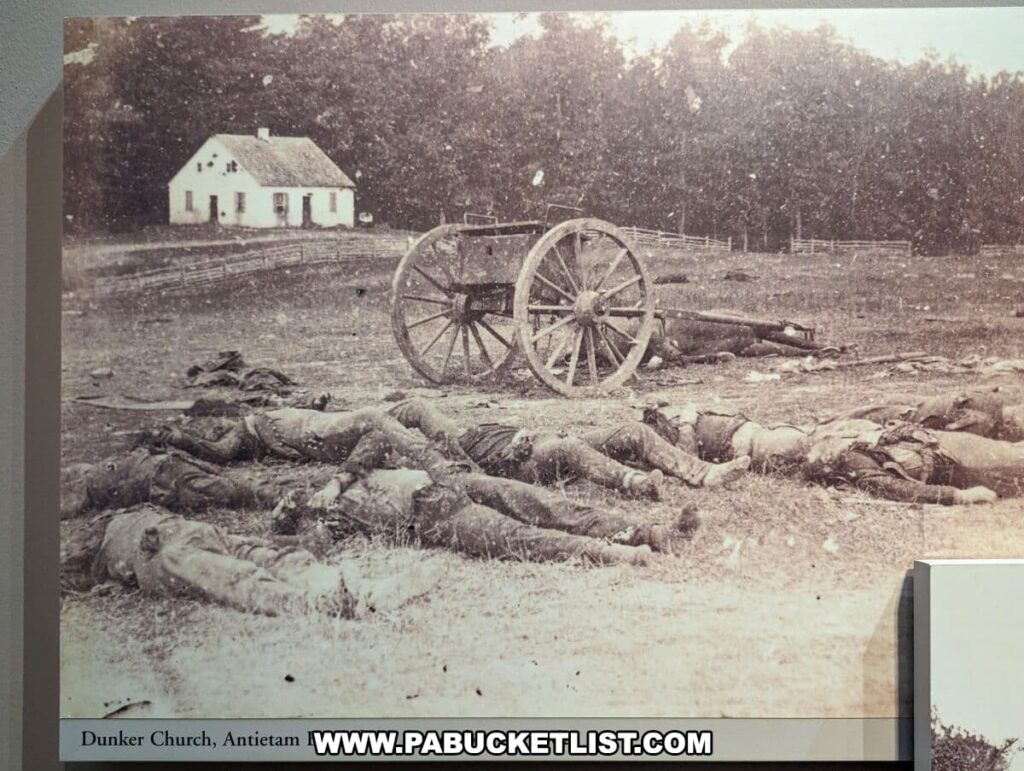
The museum thoughtfully addresses the immense human cost and contentious issue of slavery.
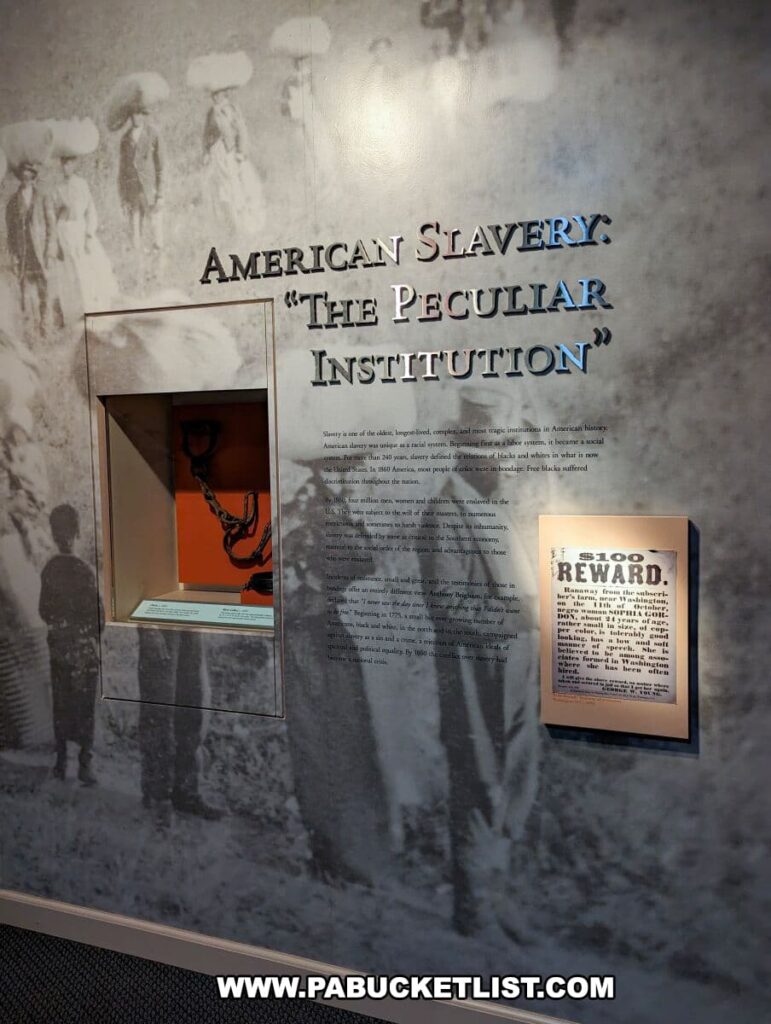
By confronting this difficult topic head-on, the museum encourages visitors to reflect on the war’s causes and its lasting impact on American society.
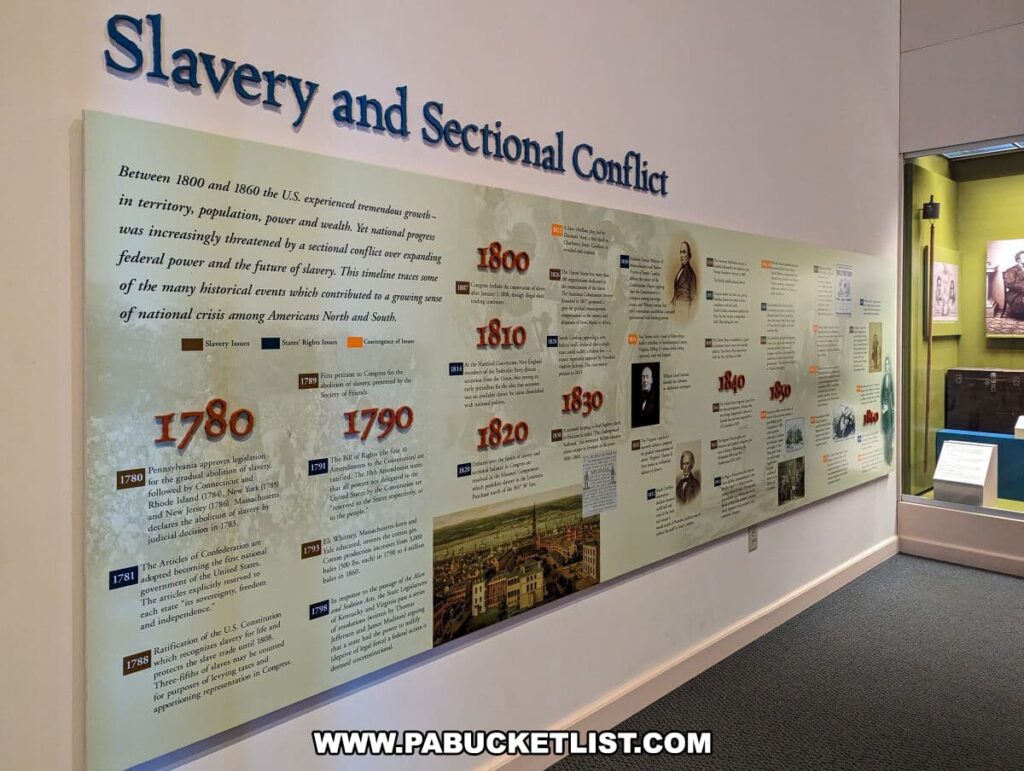
Final Thoughts
A visit to the National Civil War Museum in Harrisburg is an enlightening experience, offering a nuanced understanding of one of the most significant periods in American history.
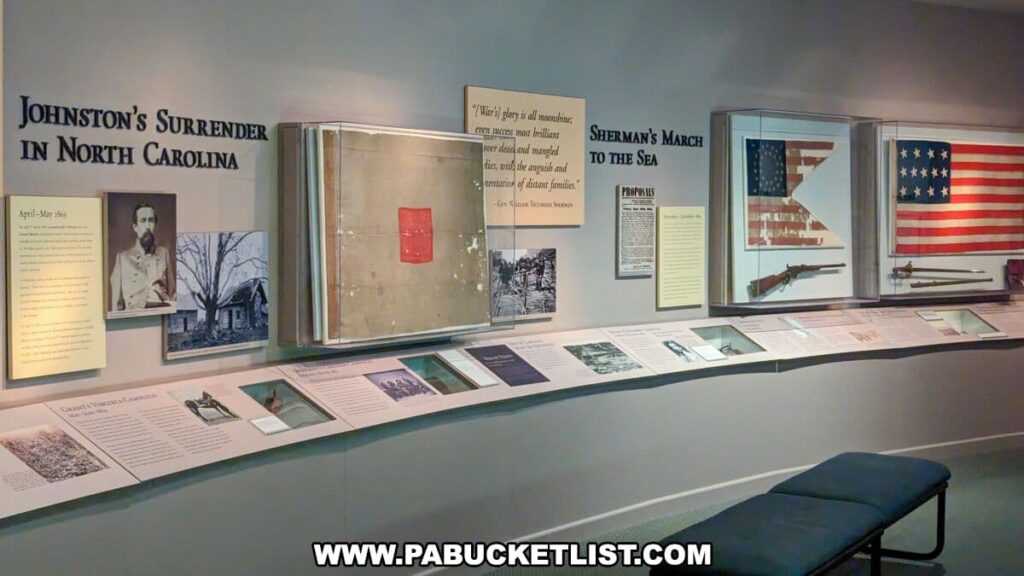
The unique and extensive exhibits provide an engaging and educational journey for anyone interested in exploring the complexities of the Civil War and its enduring legacy.
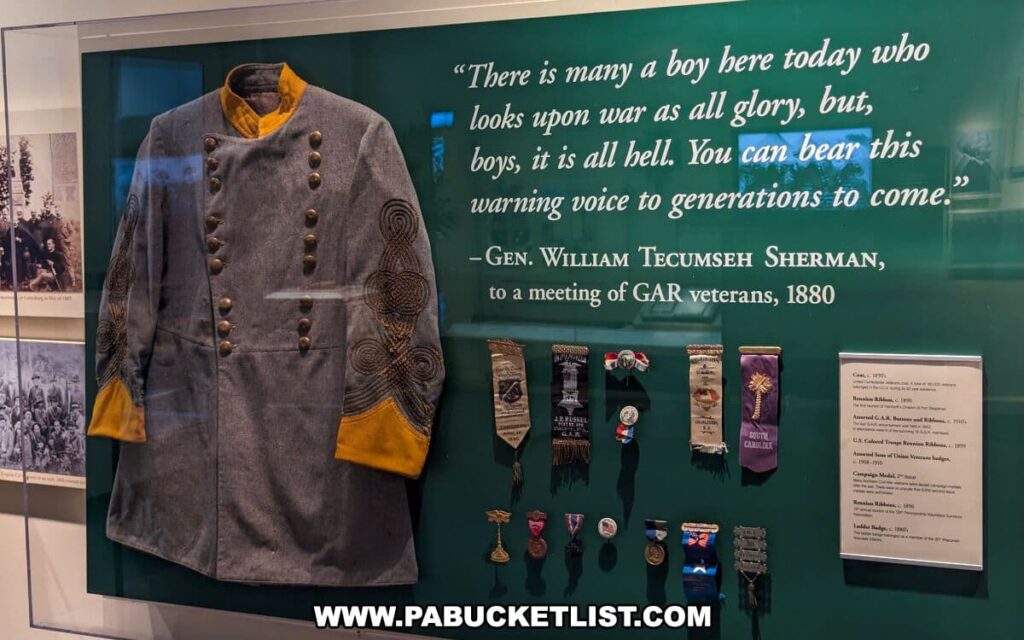
Whether you’re a history buff or simply looking to learn more about the Civil War, the museum provides an intriguing experience for all who visit.
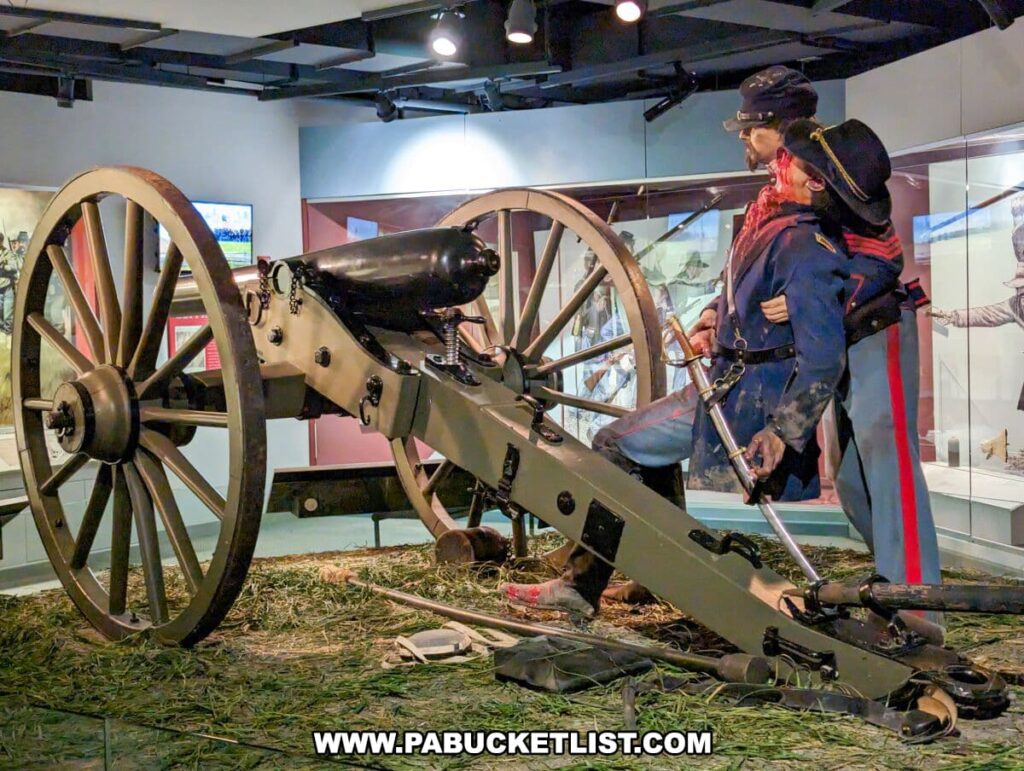
For more information, check out the National Civil War Museum’s OFFICIAL WEBSITE.

Related Attractions
The Visitor Center at the Gettysburg National Military Park is a gateway to understanding the events of this Civil War battle, making it an essential first stop for any visit to Gettysburg.
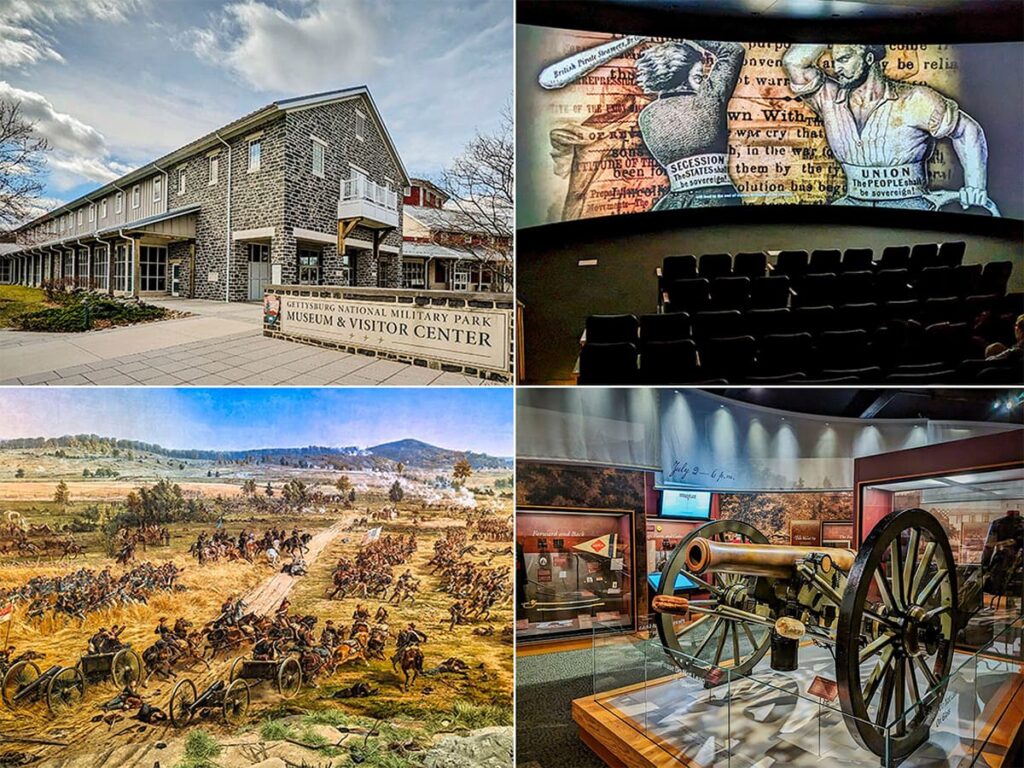
Exploring the Battlefield at the Gettysburg National Military Park is your guide to the 6,000 acre park that preserves a large portion of the ground on which one of the defining events in our nation’s history took place.
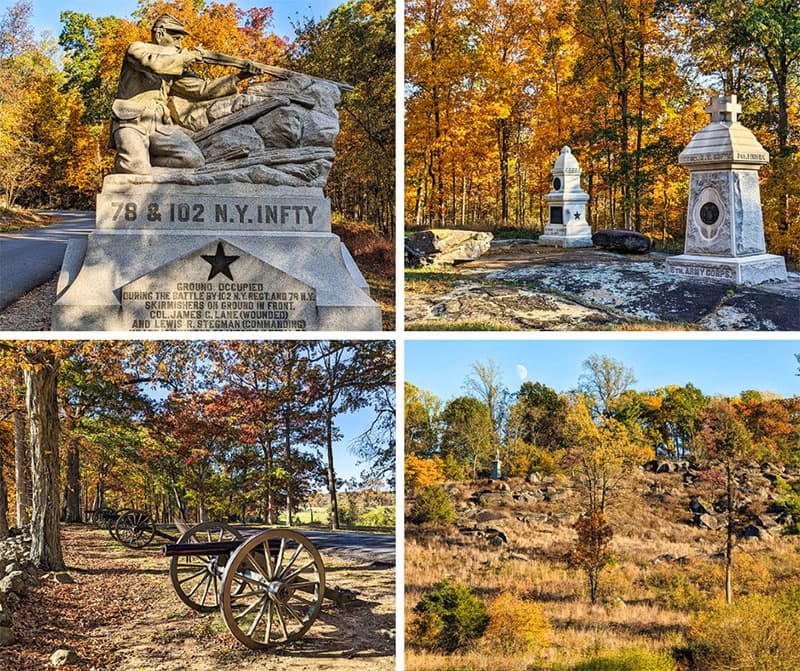
The Gettysburg Museum of History is home to thousands of unusual artifacts and atypical antiquities from American history, and admission is FREE!
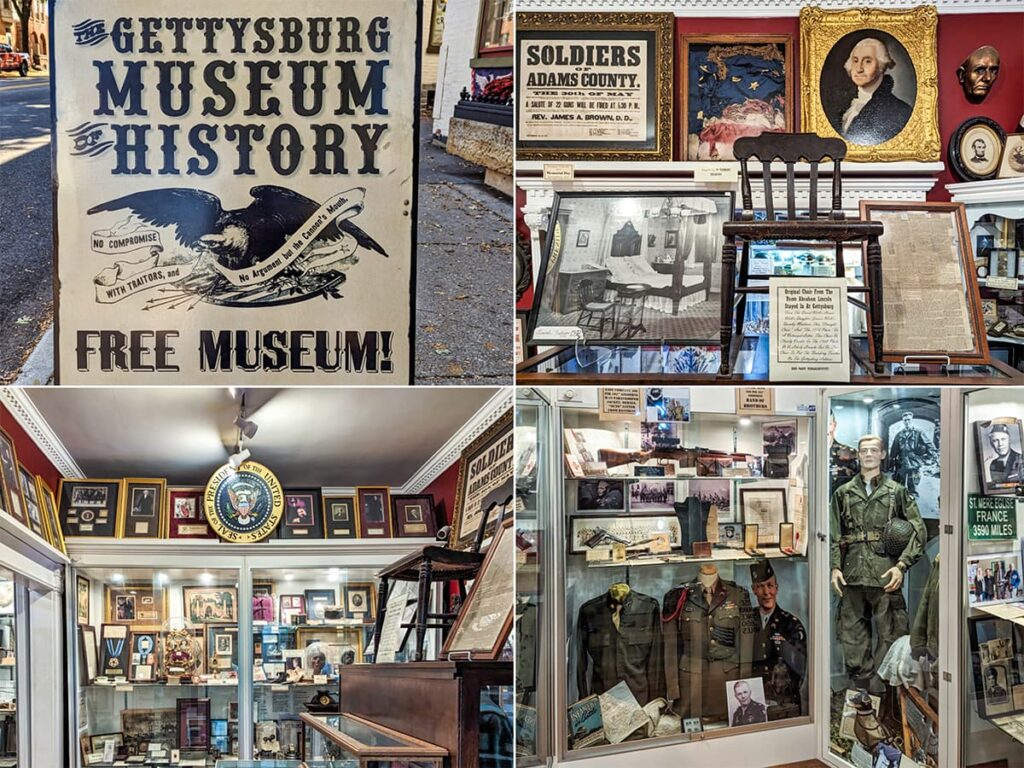
11 Must-See Attractions in Gettysburg is your guide to even more great things to see and do in PA’s most-famous Civil War-related destination.
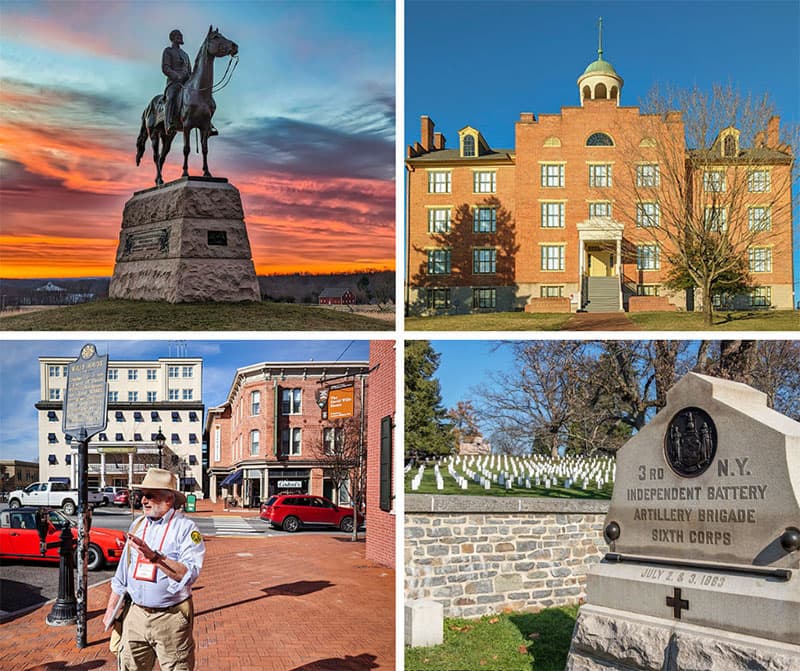
Did you enjoy this article?
If so, be sure to like and follow PA Bucket List on Facebook, Instagram, and/or Pinterest to learn more about the best things to see and do in Pennsylvania!
Click on any of the icons below to get connected to PA Bucket List on social media.


